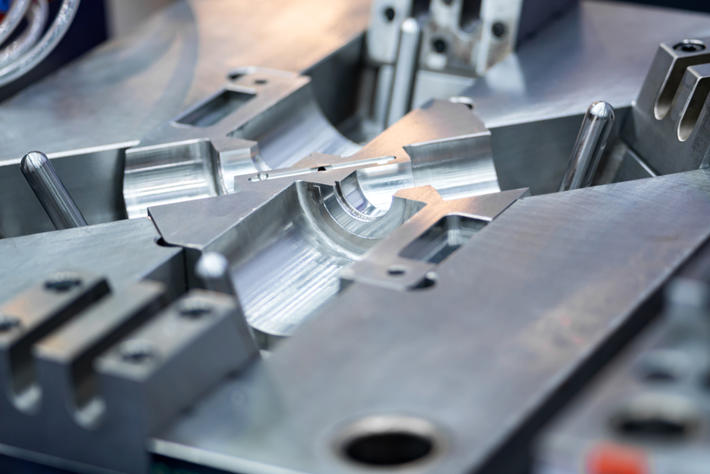Introduction
Aluminum die casting is a widely-used manufacturing process that allows for the production of complex and precise metal parts. One of the critical aspects that determine the success of aluminum die casting is the design and construction of an efficient mold. In this article, we will explore the key factors that contribute to the creation of an efficient aluminum die casting mold, leading to superior results.
Understanding the Die Casting Process
Before delving into the mold design, it is essential to have a basic understanding of the die casting process itself. Die casting involves injecting molten aluminum into a mold under high pressure. The aluminum solidifies quickly and takes the shape of the mold, resulting in the production of the desired part. The mold consists of two halves that are brought together to form a cavity, which determines the final shape of the part. Thus, the mold plays a crucial role in the quality and efficiency of the die casting process.
Designing the Mold
To create an efficient aluminum die casting mold, several factors need to be considered during the design phase. These include:
1. Material Selection: The choice of mold material is crucial as it should have a high melting point, good thermal conductivity, and resistance to wear and erosion caused by the molten aluminum. Common materials used for mold construction include tool steel, H13 steel, and aluminum alloys.
2. Cooling System: Efficient heat dissipation is essential to ensure uniform cooling of the molten aluminum and prevent defects such as porosity and shrinkage. Incorporating an optimized cooling system, such as cooling channels or inserts, helps maintain consistent temperature distribution throughout the mold.
3. Parting Line and Ejection System: The parting line is the separation point between the two halves of the mold, and the ejection system is responsible for removing the solidified part from the mold. A well-designed parting line and ejection system minimize the chance of part distortion or damage during demolding.
4. Venting: Proper venting is crucial to allow trapped air and gases to escape during the injection process. Insufficient venting can result in defects such as gas porosity or incomplete filling of the mold cavity.
5. Mold Surface Finish: A smooth mold surface finish helps facilitate the flow of molten aluminum and ensures a high-quality surface finish of the final part. Special coatings or treatments can be applied to the mold surface to reduce friction and enhance the release of the part.
Optimizing the Mold for Superior Results
Once the mold design is finalized, a series of steps are followed to optimize it for superior results. These steps include:
1. Mold Flow Analysis: Utilizing computer simulations, mold flow analysis helps identify potential issues such as air traps, filling imbalances, or excessive turbulence. By analyzing the flow behavior of the molten aluminum, adjustments can be made to the mold design to minimize defects and ensure optimal filling.

2. Mold Manufacturing: Advanced machining techniques, such as CNC milling and electrical discharge machining (EDM), are employed to precisely fabricate the mold components. Attention to detail and high precision are essential to ensure the mold\’s functionality and longevity.
3. Mold Maintenance: Regular maintenance and cleaning of the mold are crucial to ensure its efficiency and prolong its lifespan. Any signs of wear or damage should be addressed promptly to prevent casting defects and mold failure.
Conclusion
Creating an efficient aluminum die casting mold is a critical factor in achieving superior results in the die casting process. By considering various aspects such as material selection, cooling systems, parting lines, venting, and mold surface finish, the mold can be optimized to ensure high-quality and defect-free aluminum parts. It is important to remember that continuous improvement and regular maintenance are necessary to sustain the mold\’s efficiency and productivity.
-

- Ofurléttur fjöðrunargaffli fyrir MTB
-

- Thixomolding hjálmur úr steypu úr mangensíumblendi
-

- Custom-made metal parts macbook middle board produced
-

- OEM háþrýstisteypu úr magnesíum ál ramma fyrir reiðhjól
-

- Custom-made die casting parts&comopnents for bicycle suspension fork for MTB
-

- Custom-made thixomolding parts UAV components with CNC machining &surface treatment

 0086-750-5616188
0086-750-5616188 +86 13392089688
+86 13392089688 sales@zhongmei-tech.com
sales@zhongmei-tech.com







